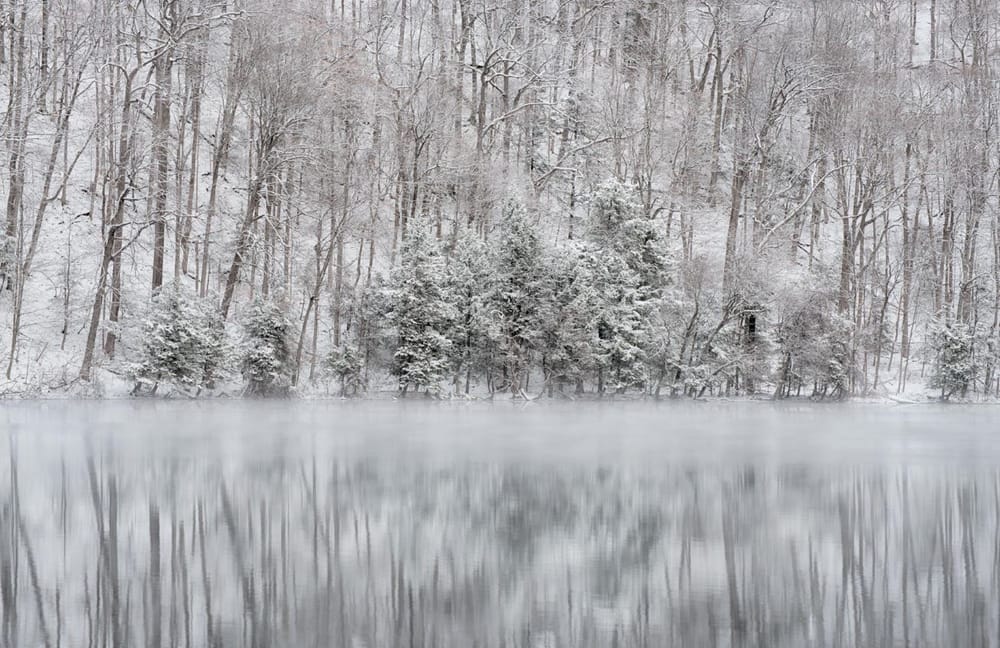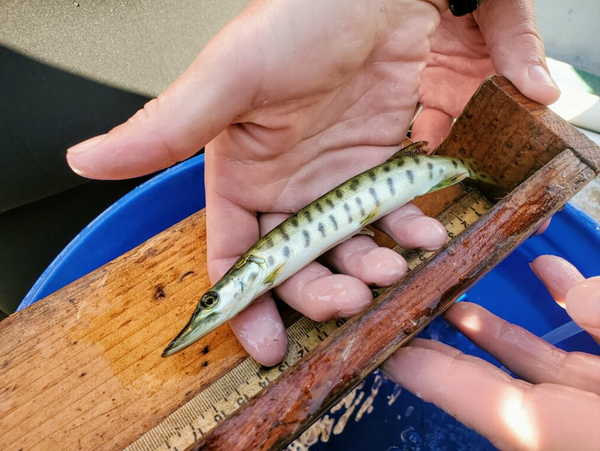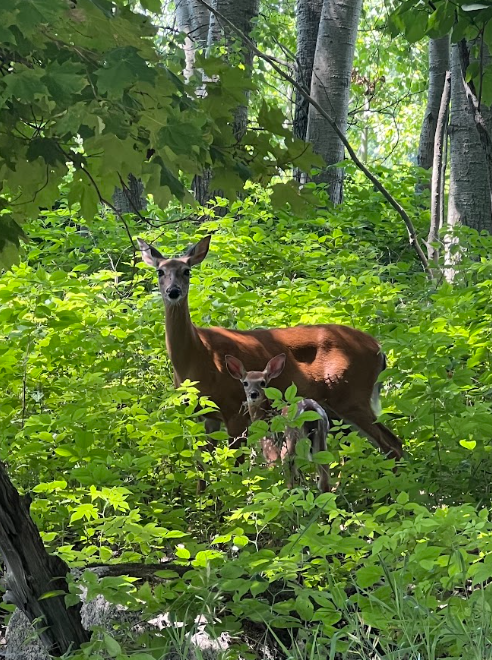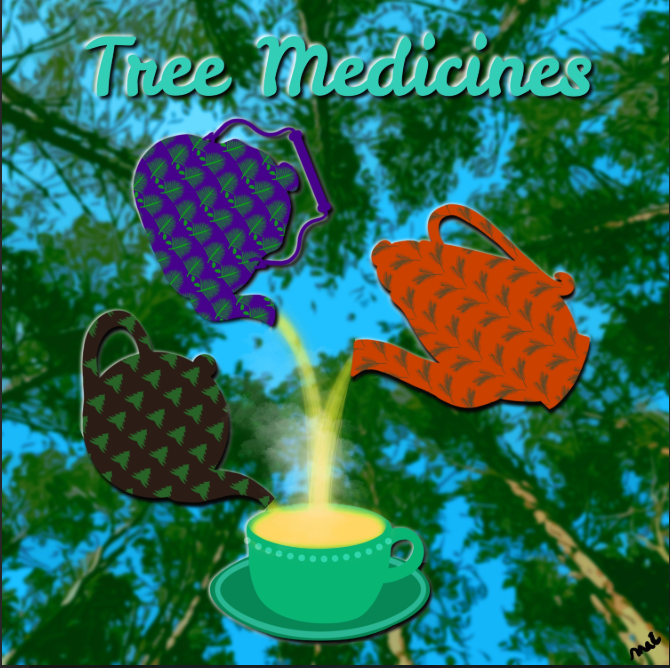Snow Farming...
by: Paul Hetzler
Where agriculture is concerned, dairy is king (or is dairy queen?) in northern NY State. But with the kind of winter we’ve had so far, I wonder if we shouldn’t start producing other crops, ones particularly suited to our region. Maybe snow peas or iceberg lettuce. Actually, for farmers, maple producers, foresters and gardeners, there is an up-side to having plenty of winter white stuff.

Snow has been called “the poor person’s fertilizer”, because it’s a source of trace elements and more importantly, of plant-available forms of nitrogen, a nutrient often in short supply. When snowmelt releases a whole winter’s worth (i.e., six months’ worth) of nutrients in a short time, the nitrogen value can add up.

Since air is 78% nitrogen, you’d think plants would have all they need. But atmospheric nitrogen, N2, is a very stable, inert molecule that plants are unable to use. Where does useable nitrogen come from? Some soil bacteria can “fix” gaseous nitrogen, converting it to water-soluble forms that plants can slurp up. Lightning also turns nitrogen gas into plant “food.” But this only accounts for a small percentage of the nitrogen found in snow.
Turns-out snow is a better fertilizer today than it was years ago. There’s an outfit called the National Atmospheric Deposition Program (NADP), which basically measures stuff that falls out of the sky that isn’t some form of water. According to the NADP, the vast majority of snow-borne nitrogen comes from pollution.
Motor vehicles spew out various nitrous oxides, which are not great for us to breathe, but when washed into the soil, become nitrate fertilizers. Ammonia, another form of plant-available nitrogen, escapes from manure and commercial urea-based fertilizers, and is captured by water vapor, which becomes snow.
So how much fertilizer is in the snowdrifts blanketing the Thousand Islands region? Because we’re the “beneficiaries” of more pollution than most of the West and Midwest, we get more nitrogen in our snow than the national average, somewhere around 12 pounds per acre annually. Depending on the crop, a farmer may apply nitrogen in the order of 150 lbs. per acre, so 12 lbs. is small potatoes. Literally. But it’s not chopped liver, either (which is high in nitrogen but not an ideal soil amendment).
Snow-based nitrogen can be a significant boon to ecosystems on marginal soils. In a year with abundant snowfall, sugar bushes, timber lands and pastures undoubtedly benefit from “poor person’s fertilizer.” Snow also brings a fair bit of sulfur, which is an essential plant nutrient. It also can make soil more acidic, which can be good for the alkaline soils found in the eastern Lake Ontario-St. Lawrence area.
Obviously, snow provides soil moisture in early spring. What’s different about snowmelt, as compared to rain, is that snow releases water gradually enough that nearly all it gets into the soil. This gentle percolation is in contrast to summer rain, a percentage of which—sometimes a large portion—runs off and doesn’t benefit the soil.
When topsoil is saturated, or as agronomists put it, at field capacity, excess water seeps down through the soil profile. Eventually it becomes groundwater, raising the water table and recharging our aquifers. Nearly all water wells in the region tap into unconfined aquifers. This just means that the water that goes into the ground, in a given location, is the water that comes out of the well there. These aquifers depend on snowmelt, as well as prolonged heavy rains of spring and fall, for recharge.
Those who work in field and forest should take heart at the mounting snowbanks, not despair of them. Now if you’ll excuse me, I’m headed to the garden with the rototiller to plow up some snow. I’m pretty sure I have a packet of Mixed Frozen Vegetables seeds around here somewhere...
[Header photograph by Chris Murray, Chris Murray Photography]
By Paul Hetzler
Paul Hetzler is a Horticulture and Natural Resources Educator at Cornell Cooperative Extension, in Canton, NY. He writes a series of humorous and informative essays for a number of newspapers and journals. Subjects range from trees, gardens, insects, native plants, water, wildlife and other natural resources topics. Paul is also the author of "Shady Characters," a collection of humorous nature essays and the unique website “Where the Wild Words Are” – check it out!






Please click here if you are unable to post your comment.